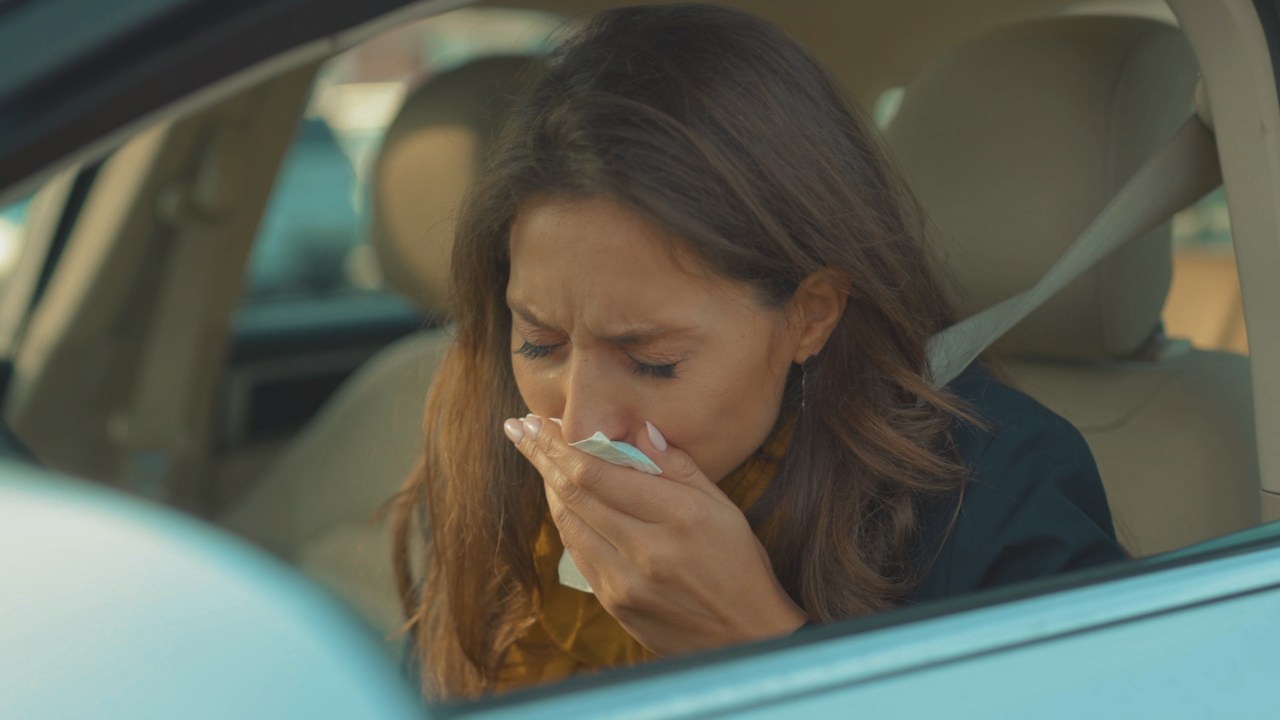Twin ordered to pay sister $170,000 over sneeze

A sneeze has cost an NSW woman more than $170,000 after her twin sister successfully sued her over a traffic accident.
Caitlin Douglas, budding lawyer, was awarded a six-figure sum by the NSW District Court after she suffered lower back pain as a result of a crash in October 2016.
Judge Leonard Levy found the 21-year-old’s future earning capacity had been reduced by $150,000 because she was unable to lift more than 10kgs and would be hindered in her ability to work long hours.
“The regular or intermittent experience of pain and the need for tailored and defined working restrictions along with the practical need for ergonomic furniture, and the need to make provision for regular breaks, is likely to be seen by a prospective legal employer to be negative factors in a competitive employment market,” Judge Levy said.
“Even if the plaintiff continues to do well academically. Rightly or wrongly, the reality is that often, without over-explanation, able-bodied candidates are preferred to those with a disability.”
She was awarded a total of $172,500, including $10,000 for future domestic assistance, $7,500 for future treatment costs and $5,000 for out-of-pocket expenses.
The court heard that Ms Douglas was injured when she was the front-seat passenger during a car accident in which her twin sister Brighid was the driver.
Her sister sneezed and lost control of the car before hitting a tree, which caused Ms Douglas to experience whiplash-like injuries and experienced lower back pain.
Judge Levy found that in the future, Douglas would be hindered in her chosen profession because she had difficulty sitting for long periods and carrying heavy objects.
“If illustration of the lifting and carrying component of legal work was required, it would be sufficient to recognise that the weighty folders that were provided to the court, weighed several kilograms,” Judge Levy said.
“It is well-recognised from observing litigation over a long period that trolleys laden with such materials are most commonly pulled and pushed by the most junior members of a legal practice.”
